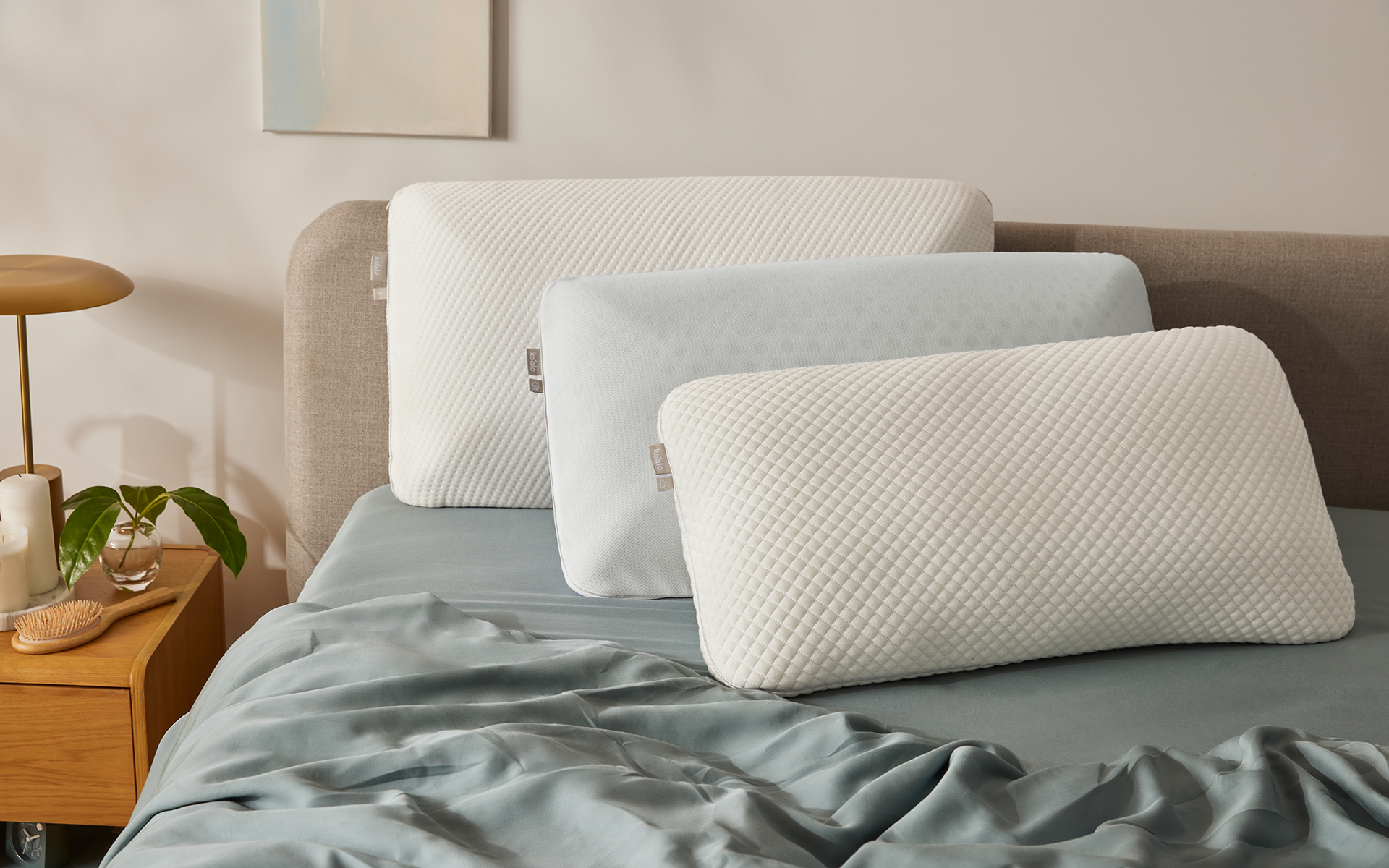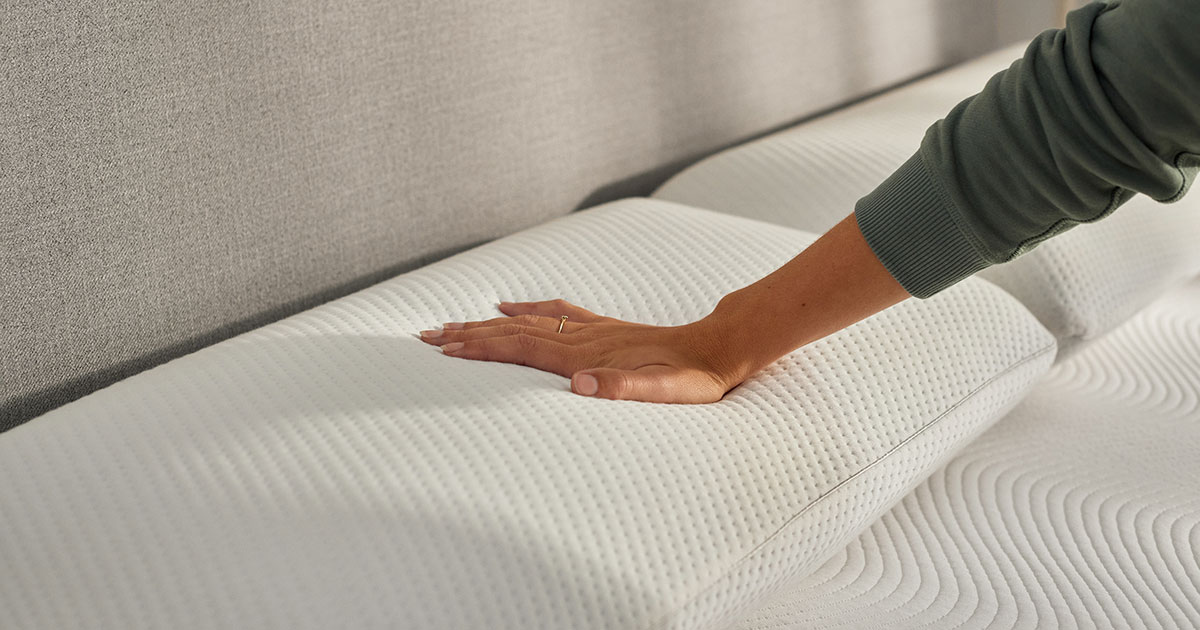Give it to me straight: how often should I replace my pillow?
Every night you tuck yourself into bed and lay your head on your trusty pillow that you got three years ago. Or was it five years ago? Perhaps you’re like this poor soul and have held onto your pillow for the past 10 years.
That pillow is full of bacteria, fungi, dust mites, dust mite faeces, thousands of pieces of your skin flakes, and probably all that drool you’ve oozed over the years 😴 You deserve every single one of those drool-y sleeps, but it might be time to really look at how it’s impacting your pillow.
Breathing in a Petri dish of bacteria
In a rather alarming revelation, the Technical Director of Gabriel Scientific said “if you had to come up with a medium to cultivate bacteria… A pillow is pretty much as good as you can get. It is a wet sponge that absorbs bodily fluids of various kinds providing nutrients. It is kept at the ideal temperature by the warm body lying on top.”
Wow, gross.
Fungal Farm
A 2005 study by the University of Manchester found that the average pillow aged 1.5 to 20 years contained around 1 million fungal spores. Per square inch they found 4 to 16 varieties of fungus. The most common being Aspergillus fumigatus, Aureobasidium pullulans, and Rhodotorula mucilaginosa.
Professor Ashley Woodcock advised that those with asthma or sinusitis should be cautious of what’s lurking within their pillows. “Findings shouldn’t alarm healthy individuals, those with asthma or sinusitis should take note they spend each night lying close to a potentially large source of fungi.”
Have you been washing your pillowcases enough?
Experts recommend washing your pillowcases every two to three days because of the number of bacteria formed in that short span of time. You’re not alone – that’s a wake up call for most people!
A recent study found that even after a week of washing, the average pillowcase still has over 170,000% the number of bacteria as a toilet seat. Per square inch, they contain 24.90% bacilli, 40.76% gram negative rods, 11.58% gram positive cocci, and 22.75% gram positive rods. It makes our skin itch just thinking about it!

How often should I replace my pillow?
Considering a five year old pillow contains double the mould as that of a two year old pillow, the sweet spot of how often you should replace them relies on what type of pillow you have, and how you maintain it.
Here are some tell tale signs you should replace your pillow:
😔 Discolouration – Is your pillow a different colour from when you bought it? Or has it developed discolouration spots?
😔 Shape – Has the pillow altered its shape so your once plump pillow closely resembles the pancake you had for brekkie? Or perhaps even worse, it’s gone lumpy?
😔 Pains – Are you waking up with neck pains or tension headaches?
😔 Materials used – If you’ve bought an inexpensive polyester pillow you most likely need it changed at least every six months, but a good memory pillow can be changed at 18-36 months.
The perfect pillow for you
Time for an upgrade? We’ve designed a range of pillows so you can rest easy knowing you’ve chosen the right one of your melon. If you need help choosing between Breeze Pillow, Cloudy Pillow and The Koala Pillow, take our handy dandy quiz.



